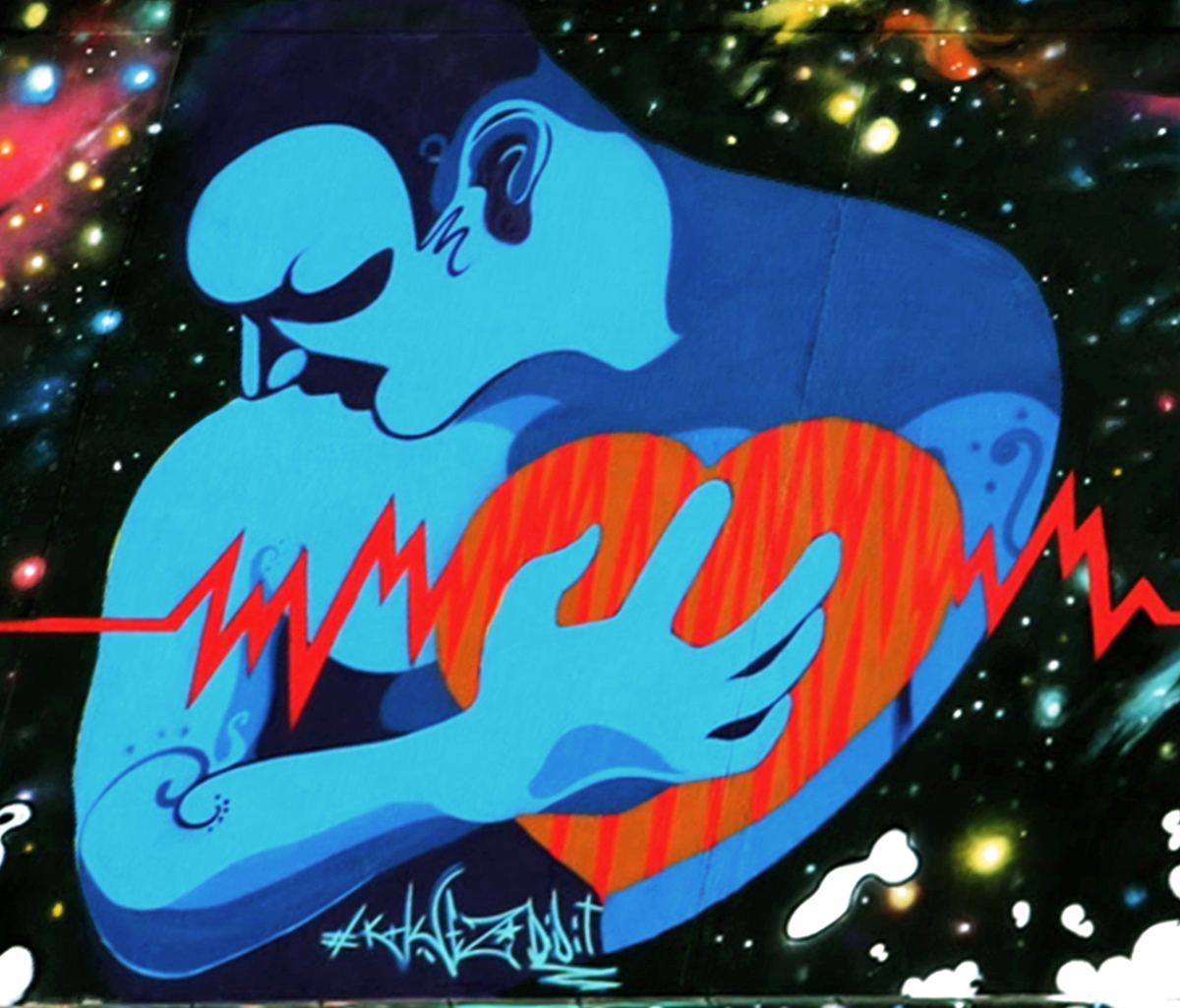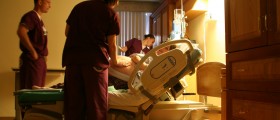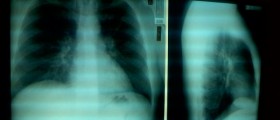
Down syndrome, also known as trisomy 21, is a chromosomal condition characterized by the presence of an extra copy of genetic material on the 21st chromosome. Normally, people have 23 pairs of large linear nuclear chromosomes. Total number of chromosomes in a healthy individual is 46. A person receives one copy of a chromosome from mother, and one from father. However, occasionally something goes wrong in this process, and a chromosomal abnormality occurs.
Chromosomal abnormalities typically occur due to the error in cell division, and they are classified as numerical and structural abnormalities. Trisomy 21 is a numerical abnormality that occurs when there are more than two chromosomes of a pair. In Down syndrome, there are three copies of chromosome 21, rather than two. As a result, people affected with Down syndrome are predisposed to physical and developmental impairment as well as many congenital diseases. Heart diseases are, unfortunately, extremely common among patients suffering from Down syndrome.
Down syndrome and heart disease
According to the official reports, up to 50% of patients with Down syndrome are affected by congenital heart disease. A congenital heart disease is any kind of defect in the structure of the heart and great vessels, which is present at birth. First manifestations of heart disease are usually present even at birth, or in early life.
Children born with a congenital heart defect typically have problems with breathing, shortness of breath, heart murmur, poor feeding and growth, under-development of limbs and muscular mass, and they are more prone to various respiratory infections. Atrioventricular septal defect
The most common form of congenital heart disease, affecting individuals with Down syndrome is an atrioventricular septal defect. This condition, also known as endocardial cushion defect, accounts for up to 40% of all cases. This condition is defined by the deficiency of the atrioventricular septum of the heart. Atrioventricular septum is a septum between the right atrium and the left ventricle.
When there is any kind of defect in the sputum, the blood from the left side of the heart can travel to the right side, and other way round. However, the blood from the right side is low in oxygen while the left side contains arterial blood with high oxygen content. Any kind of communication between two sides of the heart, and mixing of the blood from two sides, is considered a pathologic condition. Treatment for this condition is strictly surgical, and it is based on closure of the septal defects.

















Your thoughts on this
Loading...